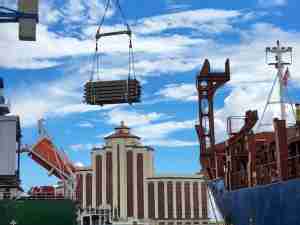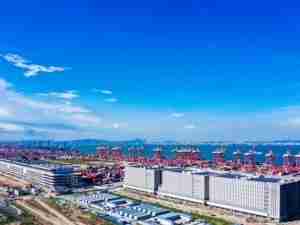Brazil ships 1st corn cargo from new grains terminal in Maranhao
By: Reuters | Jul 29 2015 at 07:12 PM | Ports & Terminals
SAO PAULO - Brazilian trading company CGG on Wednesday was loading the first corn cargo to be exported from the new Tegram grains terminal in the northeastern state of Maranhao, one of the new export facilities built as an alternative to congested southern ports.
CGG is shipping 65,000 tonnes of Brazilian new-crop corn to the Middle East, inaugurating a corn route that is expected to be used to send abroad up to 1 million tonnes by the end of the year, Tegram executive Luiz Claudio Santos said in an interview.
Maranhao’s Tegram started operations in March and has so far loaded 21 ships with 1.51 million tonnes of soybeans.
It was built by a consortium that includes Glencore Plc , Amaggi, Louis Dreyfus , NovaAgri and CGG Trading.
Brazil’s commodities sector has suffered delays and extra costs for years because of inadequate infrastructure. Shipments mainly go through the southern ports of Santos and Paranagua, far from the main center-west grain belt.
Regulatory changes in the past few years, however, have made room for private investments in new export terminals, notably in the north and northeast regions, which are closer to major grain growing areas.
Last year, Bunge Ltd and ADM Co started new soy export routes from terminals in the municipality of Barcarena in the northern state of Para.
Last week, a trading company controlled by Japan’s Mitsui shipped non-transgenic soybeans from a new site in the northeastern state of Sergipe.
The Maranhao grains terminal on Wednesday also received a cargo train loaded with soybeans, the first time grains have arrived by rail at the site following the construction of a branch to allow for the use of a rail line that should cut operating costs in the exporting corridor.
“The rail line will account for around 80 percent of total volume transported to the terminal,” said Santos.
Silva said total volumes this year at Maranhao’s Tegram should reach 2.5 million tonnes, mostly coming from farms in Tocantins and Mato Grosso.










